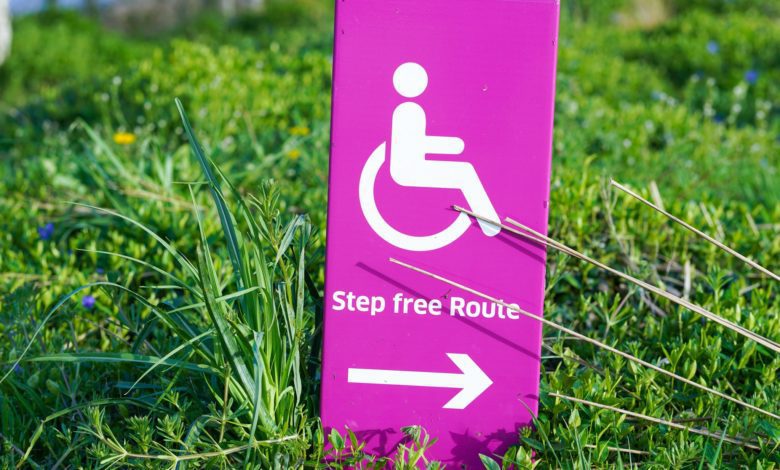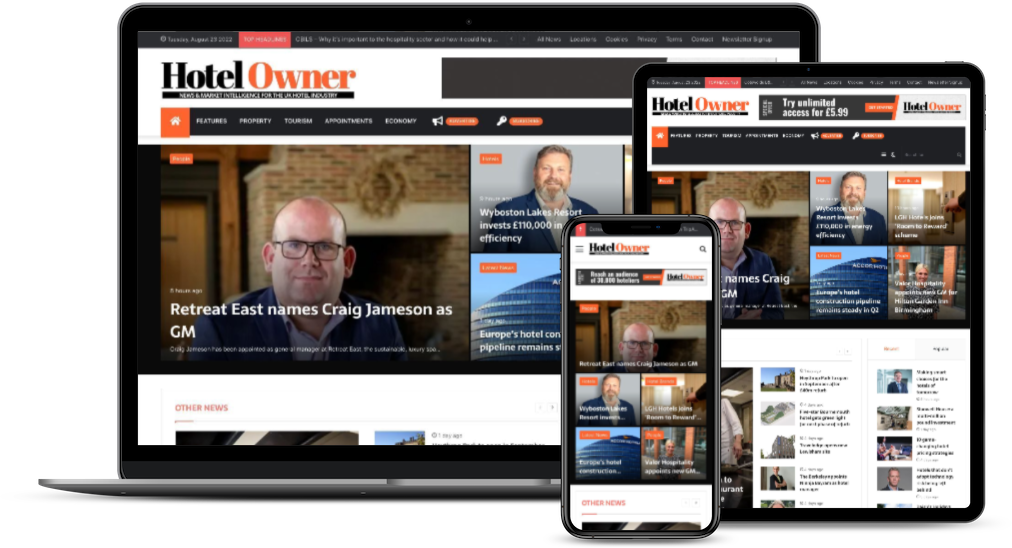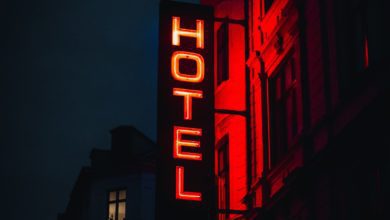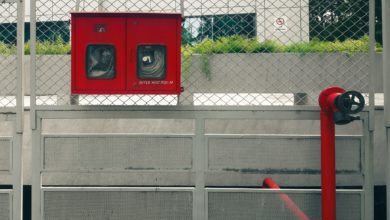How to make your hotel accessible for disabled hotel guests
Conducting an accessibility audit, ensuring accessible parking and entrances, making guest rooms and amenities accessible, training staff, communicating accessibility features, and providing feedback mechanisms are all essential steps in making your hotel accessible for disabled guests

Making your hotel accessible for disabled guests is not only a legal requirement, but it also ensures that you are providing excellent service and care for all guests. Here are some tips on how to make your hotel accessible for disabled guests:
Conduct an accessibility audit
Conducting an accessibility audit is an important first step in identifying areas of your hotel that may need improvement. The audit should cover all areas of your hotel, including guest rooms, common areas, and parking facilities. During the audit, you should consider features such as door width, threshold heights, counter height, accessible route, bathroom features, and furniture placement. You can also consult with disability advocacy groups to get feedback on areas that need improvement.
Ensure accessible parking
Accessible parking spaces should be located as close to the hotel entrance as possible and be clearly marked with signage. The spaces should be wide enough for a wheelchair-accessible vehicle to park and for the ramp or lift to be deployed. Additionally, there should be enough space between parking spaces to allow for a wheelchair to maneuver.
Provide accessible entrances and exits
Accessible entrances and exits are essential to ensure that disabled guests can easily enter and exit the hotel. This includes providing ramps or lifts for any changes in level, handrails for stability, and automatic door openers for ease of use. The entrance should be clearly marked and well-lit for visibility.
Make guest rooms accessible
It’s important to ensure that guest rooms are accessible to disabled guests. This includes providing wider doorways, lower light switches, and thermostats that can be easily reached. Additionally, the bathroom should be equipped with grab bars, roll-in showers or tubs, and lowered sinks and mirrors. A shower bench or chair should also be available if needed.
Provide accessible amenities
Ensure that your hotel’s amenities are accessible to disabled guests. This includes providing accessible fitness centers, pools, and other amenities. Fitness equipment should be placed at a height that is easily reachable, and the pool should have a lift or ramp for easy entry and exit. Additionally, your hotel restaurant should have accessible seating and menus available in large print or Braille.
Train staff
It’s essential to train your staff to provide excellent service to disabled guests. This includes understanding the needs of disabled guests, how to assist with mobility devices, and how to provide assistance with communication. Staff should also be trained in how to respond in emergency situations and how to evacuate disabled guests if necessary.
Communicate accessibility features
Ensure that your website and marketing materials clearly communicate the accessibility features of your hotel. This includes information about accessible rooms, parking, entrances, and amenities. This will help disabled guests know what to expect when they arrive at your hotel and help them plan their stay accordingly.
Provide feedback mechanisms
Providing feedback mechanisms for disabled guests to share their experiences and feedback about the accessibility of your hotel is important for continuous improvement. This can include surveys or comment cards, and it’s essential to act on the feedback to make necessary improvements.








